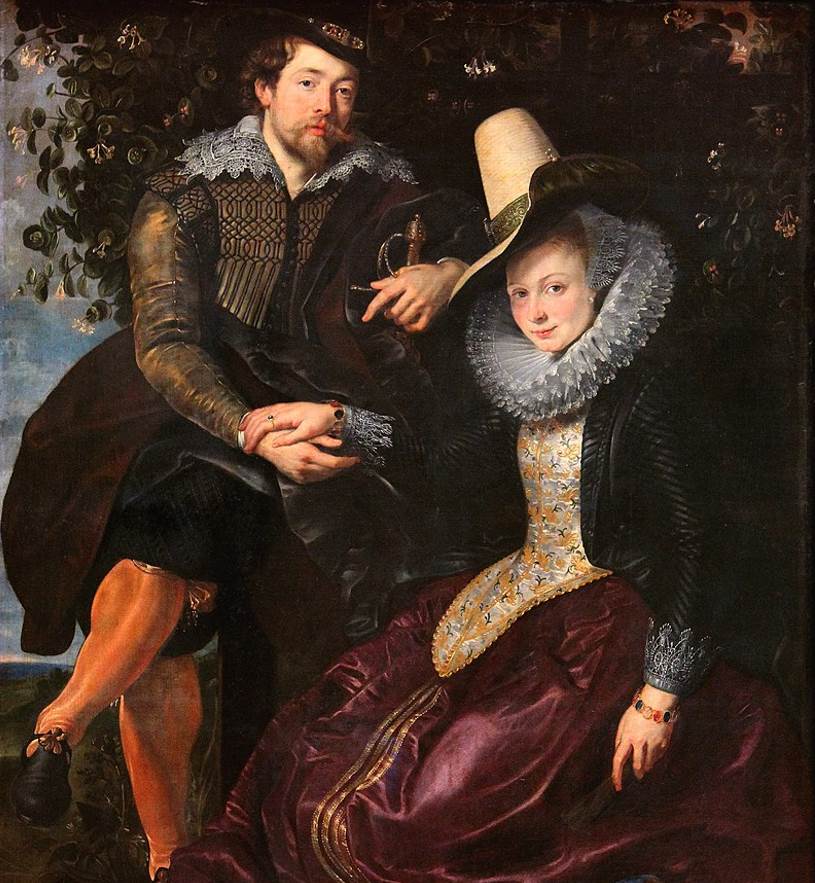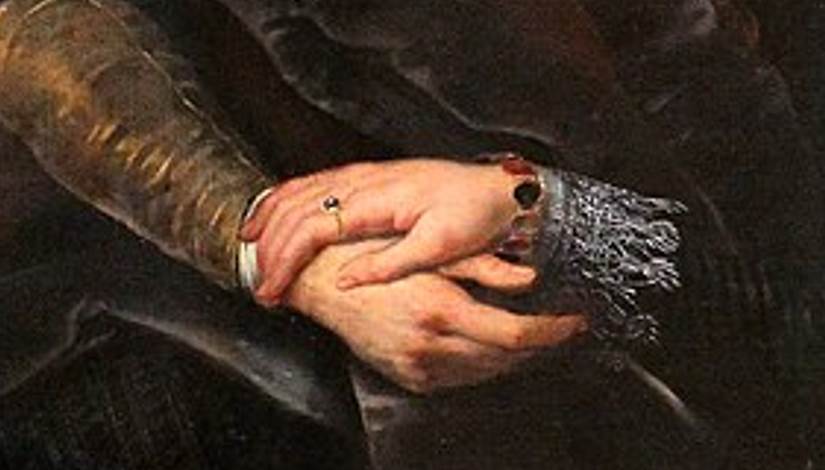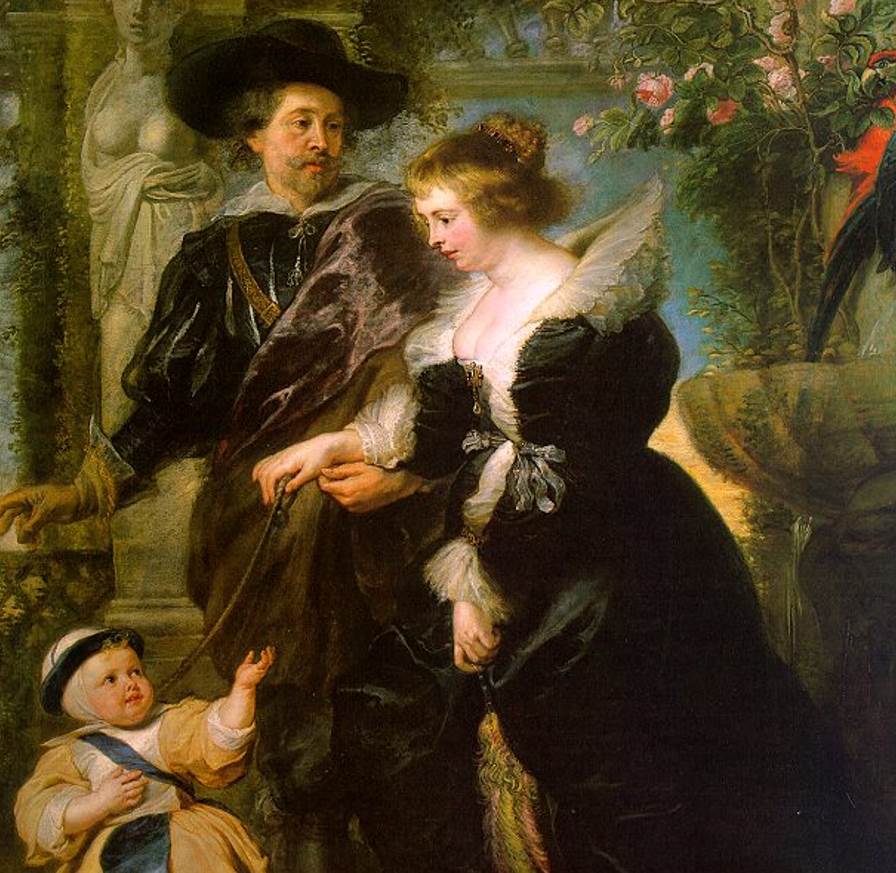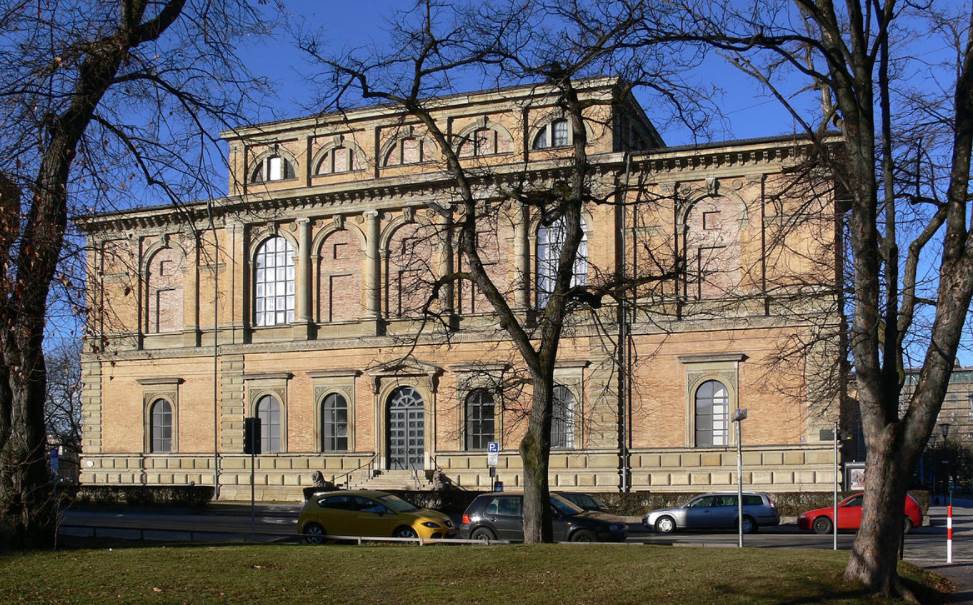When Peter Paul Rubens (1577-1640), one of the most famous Baroque artists in history, returned from an extended stay in Italy in the early 17th century, he didn’t waste any time getting married.
One of the most interesting works in the immense oeuvre of Rubens is a self-portrait with his new beloved wife. So in this article, we’ll take a closer look at some of the most interesting facts about a painting called the “Honeysuckle Bower” which depicts the newlyweds.
1. It was painted in the same year that Rubens got married
Rubens was one of the greatest talents in the world of art in the late 16th century. This is emphasized by the fact that he joined the Guild of Saint Luke in Antwerp became an independent master in the year 1598. He was only 21 years old at the time.
To sharpen his technique and study the masters of the Renaissance, he traveled to Italy in the year 1600. He saw the works of the great Venetian artists first and then moved to Rome where his biggest influence was the works of Caravaggio, his contemporary.
He enjoyed spending time in Italy because he stayed here for about 8 years, only returning to Antwerp in the year 1608 when he learned that his mother was ill.
The artist was already 31 and an extremely cultured individual. This means that he didn’t have a lot of problems finding a wife. He married the following year on October 3, 1609, and this painting was produced shortly after this event.

2. Rubens’ first wife was the teenage daughter of a city official in Antwerp
The woman he married was named Isabella Brant (1591-1626), the daughter of Jan Brant, an important city official in his home city of Antwerp, the largest port city in modern-day Belgium.
The two not only met because Rubens was already a popular painter but because the aunt of Isabella was married to the brother of Peter Paul, a man named Phillipe Rubens.
The young woman, only 18 years old at the time of the marriage, quickly fell for the abundance of charm displayed by the talented painter. The marriage took place in St. Michael’s Abbey in Antwerp, a church that didn’t survive the Napoleonic Wars of the early 19th century.
A painting that once served as the altarpiece of this church is called “The Adoration of the Magi” (1624). This painting was stolen during the French occupation but eventually returned to Antwerp in 1815.
It’s believed that Isabella Brant served as the model of the Virgin in this painting.

3. The name of the painting refers to where the couple is sitting
The Honeysuckle Bower is a reference to a shrub called a “Honeysuckle,” a type of shrub that is common in the northern parts of North America and Eurasia.
Bower is a word used to define an enjoyable place where you can sit in the shade, often covered by trees or climbing plants such as honeysuckle.
We do know that this location isn’t in the residence of the artist in Antwerp, now a museum referred to as the “Rubenshuis,” because he only purchased this property in the year 1610.
The honeysuckle itself is a symbol of love and a general feeling of happiness. The flowers on this shrub smell great and the colors have traditionally been associated with beauty.
The couple also holds their right hands, something referred to as “junctio dextrarum,” a symbol of union and marriage. Isabella is wearing jewelry and a wedding ring, further highlighting their upcoming wedding.

5. The couple was cleary happy together
Rubens painted himself as the ultimate gentleman, with his legs crossed and with his left arm leaning on a balustrade. There’s also a reference to chivalry as he is holding his left hand near the tip of the sword that he is carrying, ready to protect his future bride in an instant.
The clothes worn by the couple emphasize their social status which is upper class. Isabella wears a Florentine-type hat, something that Rubens often came across during his stay in Italy.
Even though she is seated sightly lower than her future husband, there is no sign of any difference in social status between the couple. The slight smile of Isabella and the determined stare of Rubens reveal a sense of happiness that an upcoming wedding brings to a young couple.

6. His first wife died young but Rubens remarried quickly
The couple lived happily at the Rubenshuis after the artist purchased it in 1610 and the couple had 3 children together, Clara, Nicolaas, Lord of Rameyen, and Albert.
The happiness didn’t last, however, because Isabella died from the plague that was sweeping through Antwerp in the 1620s. She died on July 15, 1626, at the young age of 34.
Rubens was preoccupied with peace negotiations between the Spanish and English monarchs at the time but he still managed to find new love. He married the 16-year-old niece of his wife, a girl named Helena Fourment, in 1630.
She became the model of multiple of Rubens’ religious and mythological paintings. Rubens was already 53 years old at the time and died 10 years after the marriage in 1640.

7. How big is the Honeysuckle Bower?
The painting of Rubens with his first wife Isabella Brant is a remarkable testimony of love. The artist was still full of life, a spark that was gradually taken from him due to the ongoing wars in Europe in the early 17th century.
It was painted about life-sized and has dimensions of 178 × 136.5 centimeters (70 × 53.7 inches).
8. Where is the painting located?
If you want to admire this remarkable work of art by one of the greatest artists in history, then you have to visit the Kunstareal area in Munich, a city in the south of Germany.
The painting is on public display in the most famous museum in the city called the Alte Pinakothek. It’s adjoined by multiple other famous works by Old Masters ranging between the 14th to the 18th centuries.



